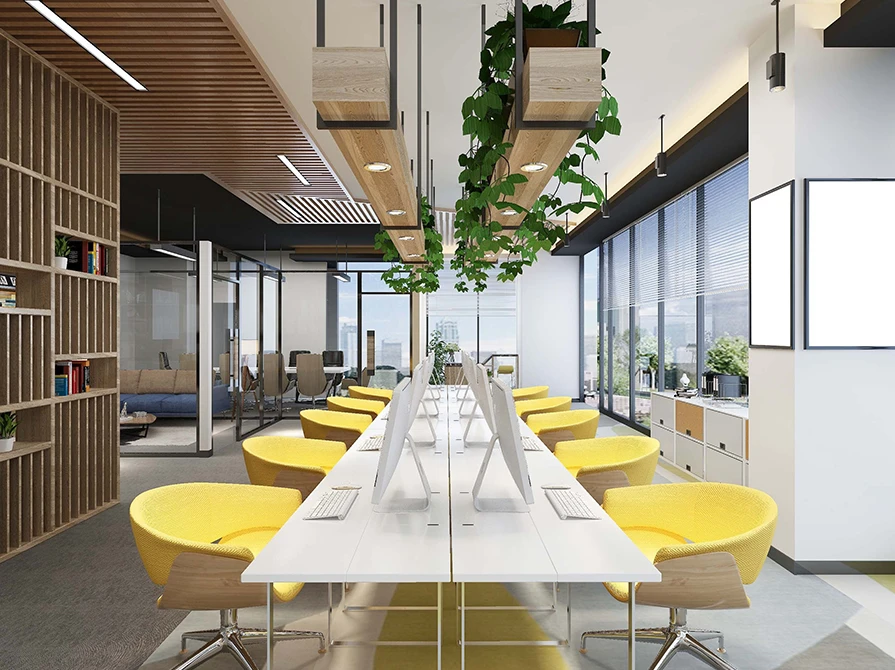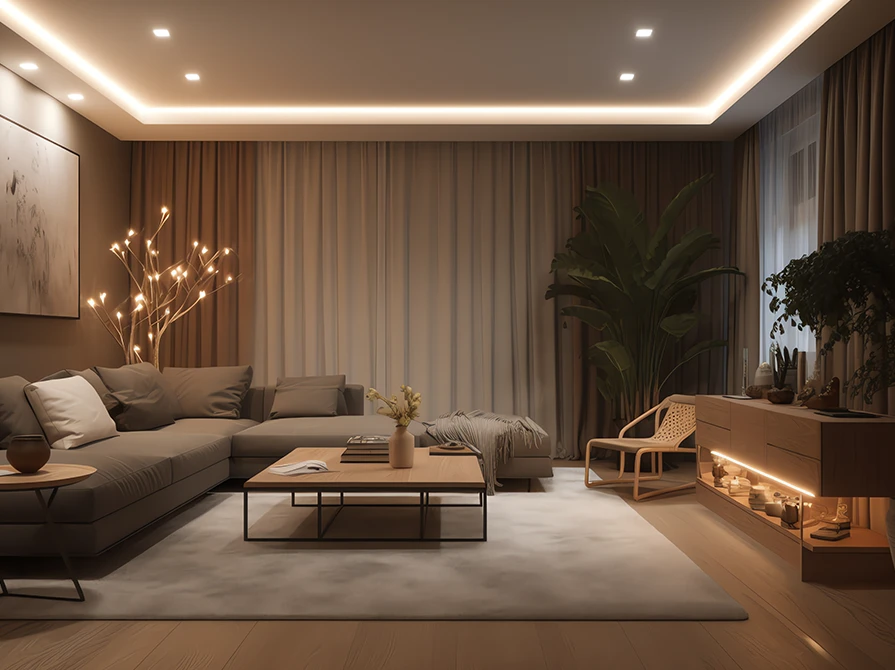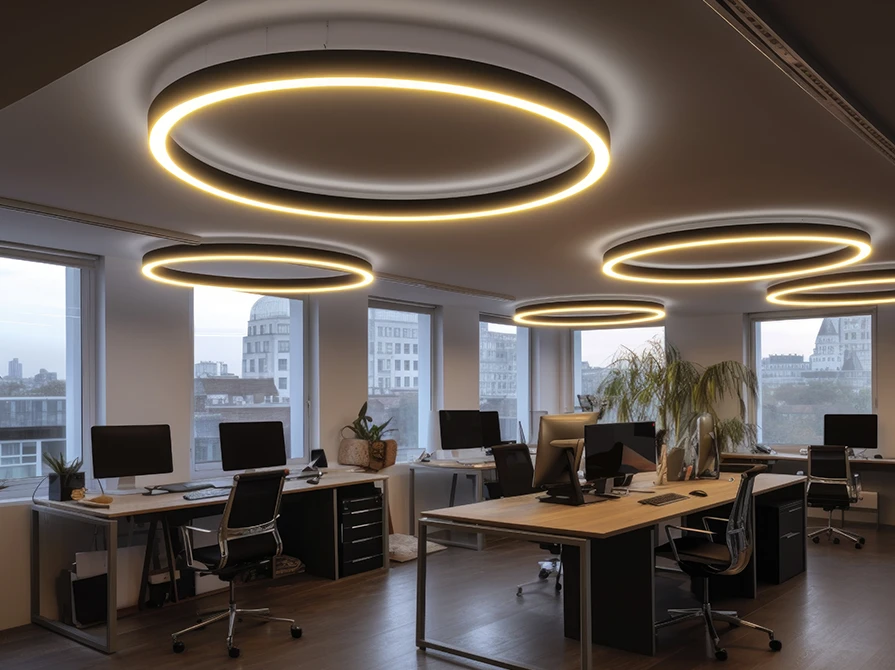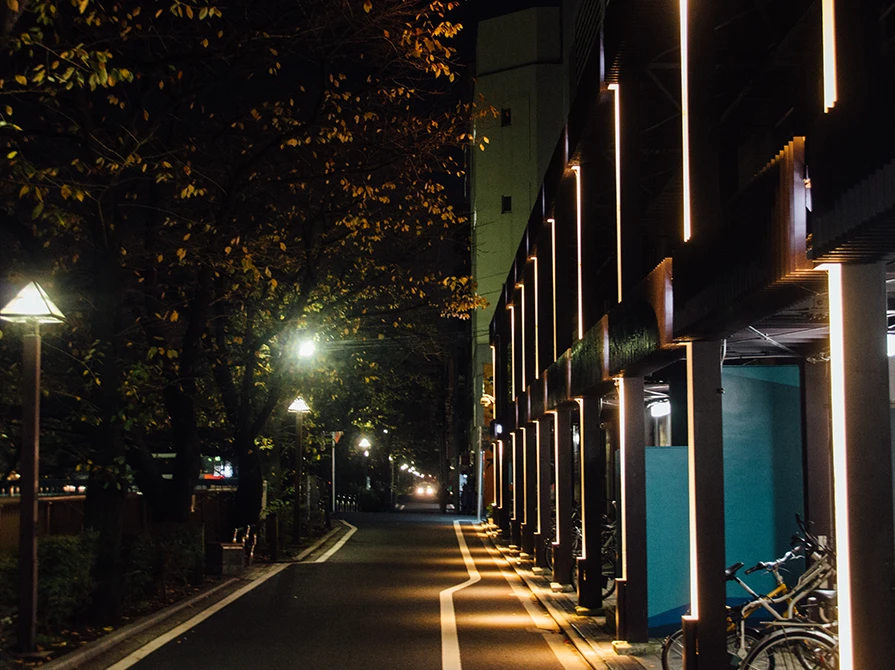

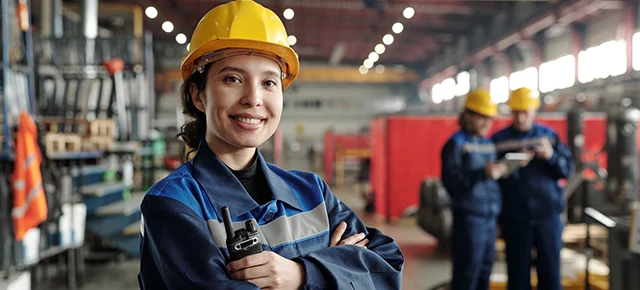
In the hustle and bustle of industrial environments, where precision and productivity are paramount, the importance of worker well-being can often be overlooked. However, the lighting in these environments plays a crucial role in maintaining and enhancing worker morale and overall well-being. The right lighting solutions not only improve visibility and safety but also positively impact mood, energy levels, and job satisfaction. This blog explores how optimized lighting can enhance worker morale in industrial environments, contributing to a more productive and positive workplace.
Worker morale is a critical factor in the success of any industrial operation. High morale leads to increased productivity, better job satisfaction, and lower turnover rates. Conversely, low morale can result in decreased efficiency, higher absenteeism, and more frequent accidents. Given the demanding nature of industrial work, it is essential to consider all factors that can influence morale, and lighting is a significant one.
Lighting affects human beings both physically and psychologically. Poor lighting can cause eye strain, headaches, and fatigue, which can lead to decreased productivity and increased error rates. Moreover, inadequate lighting can contribute to a negative mood and lower overall job satisfaction. On the other hand, well-designed lighting solutions can:
1. Natural Light Integration
Natural light is a powerful tool for enhancing worker well-being. Exposure to natural light helps regulate circadian rhythms, which are critical for maintaining energy levels and mood. Industrial facilities should maximize the use of natural light by incorporating large windows, skylights, and glass partitions. When natural light is not available, artificial lighting that mimics the spectral qualities of daylight can be used to achieve similar benefits.
2. Circadian Lighting Systems
Circadian lighting systems are designed to support the body's natural rhythms by adjusting the color temperature and intensity of light throughout the day. These systems can be programmed to provide cooler, brighter light in the morning to boost alertness and warmer, dimmer light in the evening to prepare for rest. Implementing circadian lighting in industrial environments can help workers stay alert and focused during their shifts, enhancing both productivity and well-being.
3. Task Lighting
Task lighting provides focused illumination for specific tasks, ensuring that workers have the right amount of light where they need it most. This reduces eye strain and improves precision, especially for tasks that require fine detail. Adjustable task lighting allows workers to customize their lighting conditions to their preferences, further enhancing comfort and satisfaction.
4. Glare Control
Glare can be a significant issue in industrial environments, causing discomfort and reducing visibility. Proper lighting design should include measures to minimize glare, such as using diffused lighting, anti-glare fixtures, and strategic placement of lights. By reducing glare, workers can perform their tasks more comfortably and effectively, improving both productivity and morale.
5. Uniform Lighting Distribution
Uneven lighting can create areas of high contrast, causing eye strain and making it difficult to see clearly. Uniform lighting distribution ensures that light levels are consistent throughout the workspace, reducing the need for workers to constantly adjust their vision. This is especially important in large industrial settings where workers move between different areas frequently.
6. Color Rendering Index (CRI)
The Color Rendering Index (CRI) measures a light source's ability to accurately reproduce colors. High CRI lighting improves color perception, which is crucial for tasks that require color discrimination. In addition to enhancing task performance, high CRI lighting can make the workspace more visually appealing, contributing to a more pleasant and motivating environment.
7. Energy-Efficient Lighting Solutions
Energy-efficient lighting solutions, such as LEDs, not only reduce energy consumption and operational costs but also offer superior lighting quality. LEDs provide bright, clear light with minimal flicker and a long lifespan, reducing maintenance needs. The stability and reliability of LED lighting contribute to a more comfortable and consistent work environment.
8. Smart Lighting Controls
Smart lighting controls allow for greater flexibility and customization of lighting conditions. Automated systems can adjust lighting levels based on occupancy, time of day, and specific task requirements. Workers can also have individual control over their lighting conditions, enabling them to create a personalized and comfortable workspace. Smart controls can lead to significant energy savings while enhancing worker satisfaction and well-being.
9. Maintenance and Upkeep
Regular maintenance of lighting systems is essential to ensure optimal performance and prevent issues such as flickering, dimming, and burnout. Scheduled inspections and prompt replacements of faulty fixtures help maintain consistent lighting quality, contributing to a stable and pleasant work environment. Well-maintained lighting systems also demonstrate a commitment to worker welfare, fostering a positive workplace culture.
10. Collaborative Spaces and Break Areas
Proper lighting is equally important in collaborative spaces and break areas. Bright, welcoming lighting in these areas encourages social interaction and relaxation, helping workers recharge during breaks. This can lead to improved morale and productivity when workers return to their tasks. Creating well-lit, comfortable spaces for collaboration and relaxation shows that the organization values its employees' well-being.
Effective lighting is a cornerstone of worker well-being and morale in industrial environments. By prioritizing natural light integration, circadian lighting, task lighting, glare control, and other advanced lighting strategies, industrial facilities can create a safer, more comfortable, and more productive workplace. These lighting solutions not only enhance visibility and performance but also positively impact mood, energy levels, and overall job satisfaction. Investing in optimized lighting is a tangible way to demonstrate a commitment to worker welfare and pave the way for a brighter, more successful future. Get in touch with us to know more about how our lighting solutions enhance the well-being and morale of employees in industrial environments.
